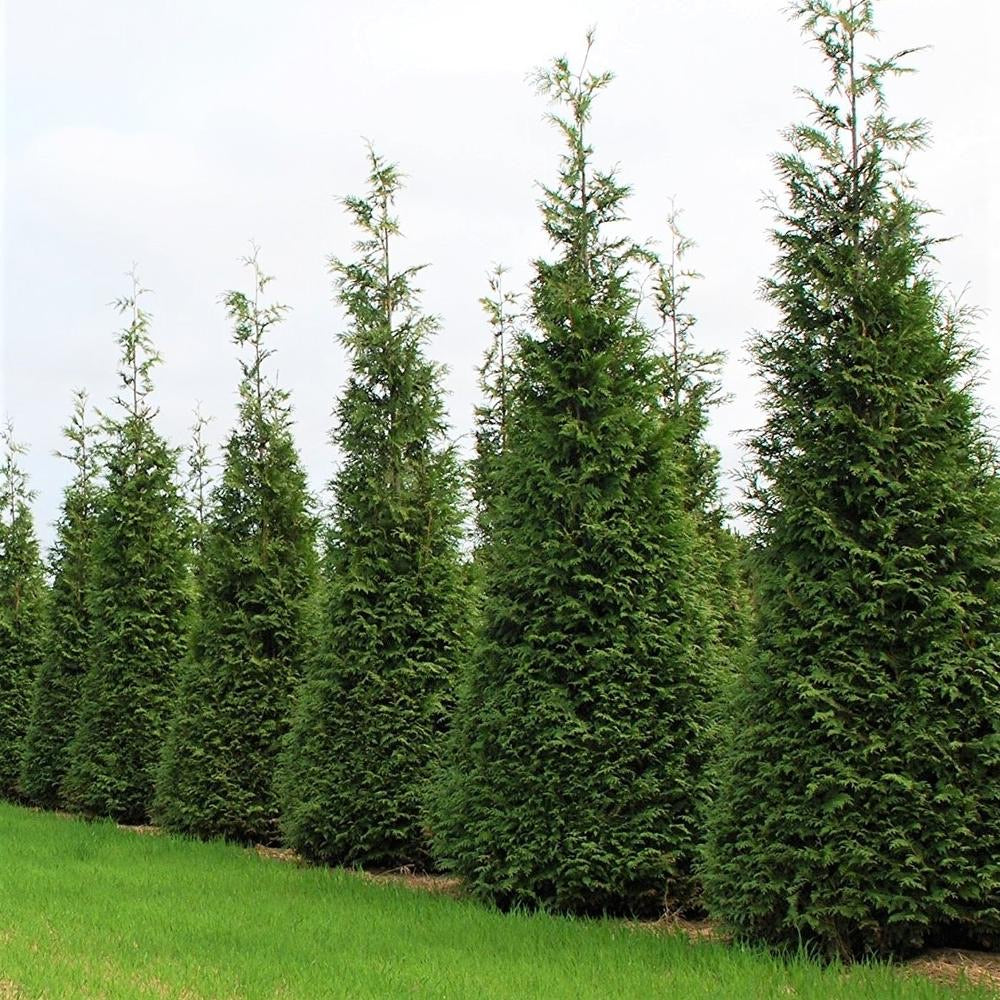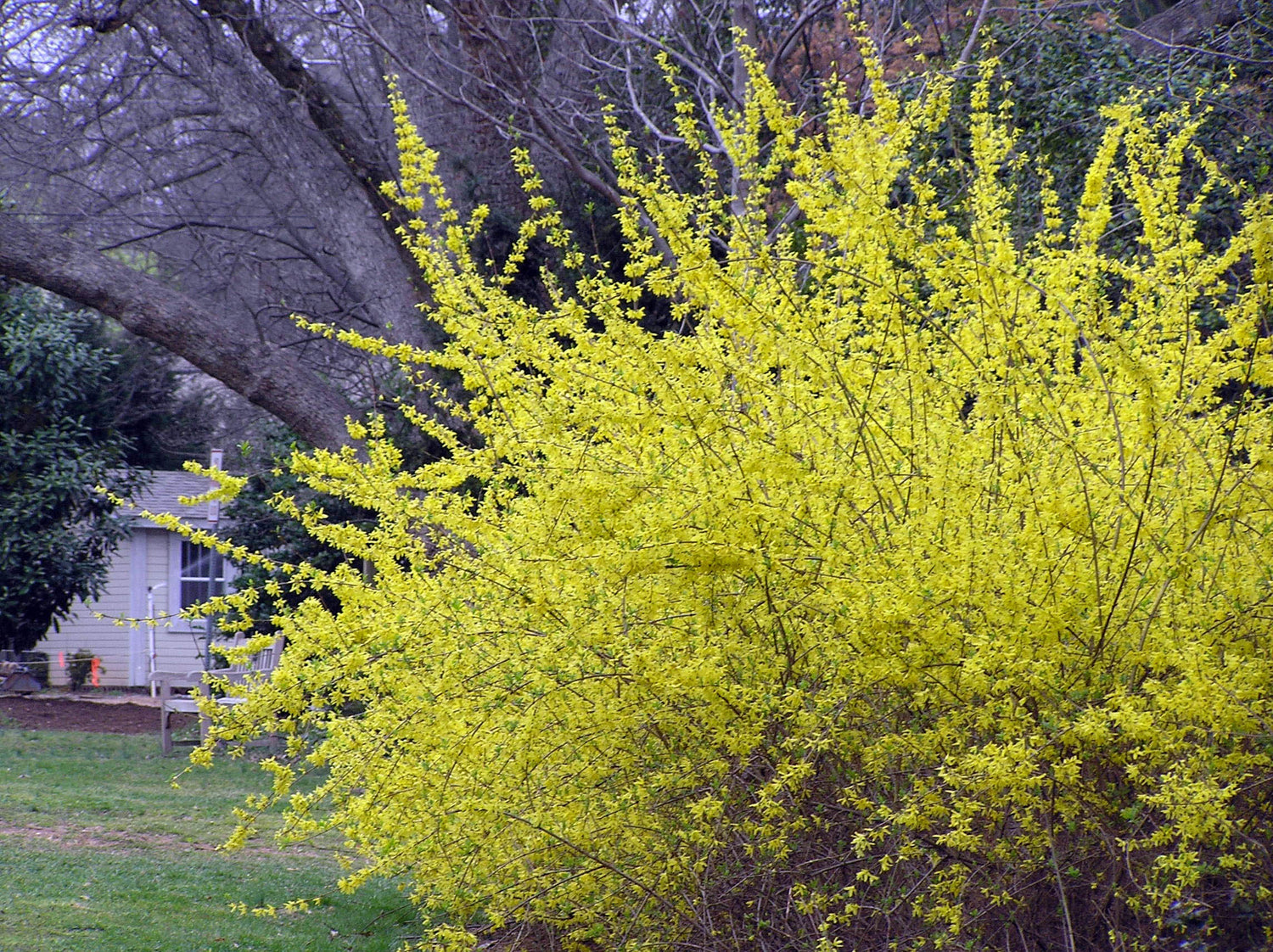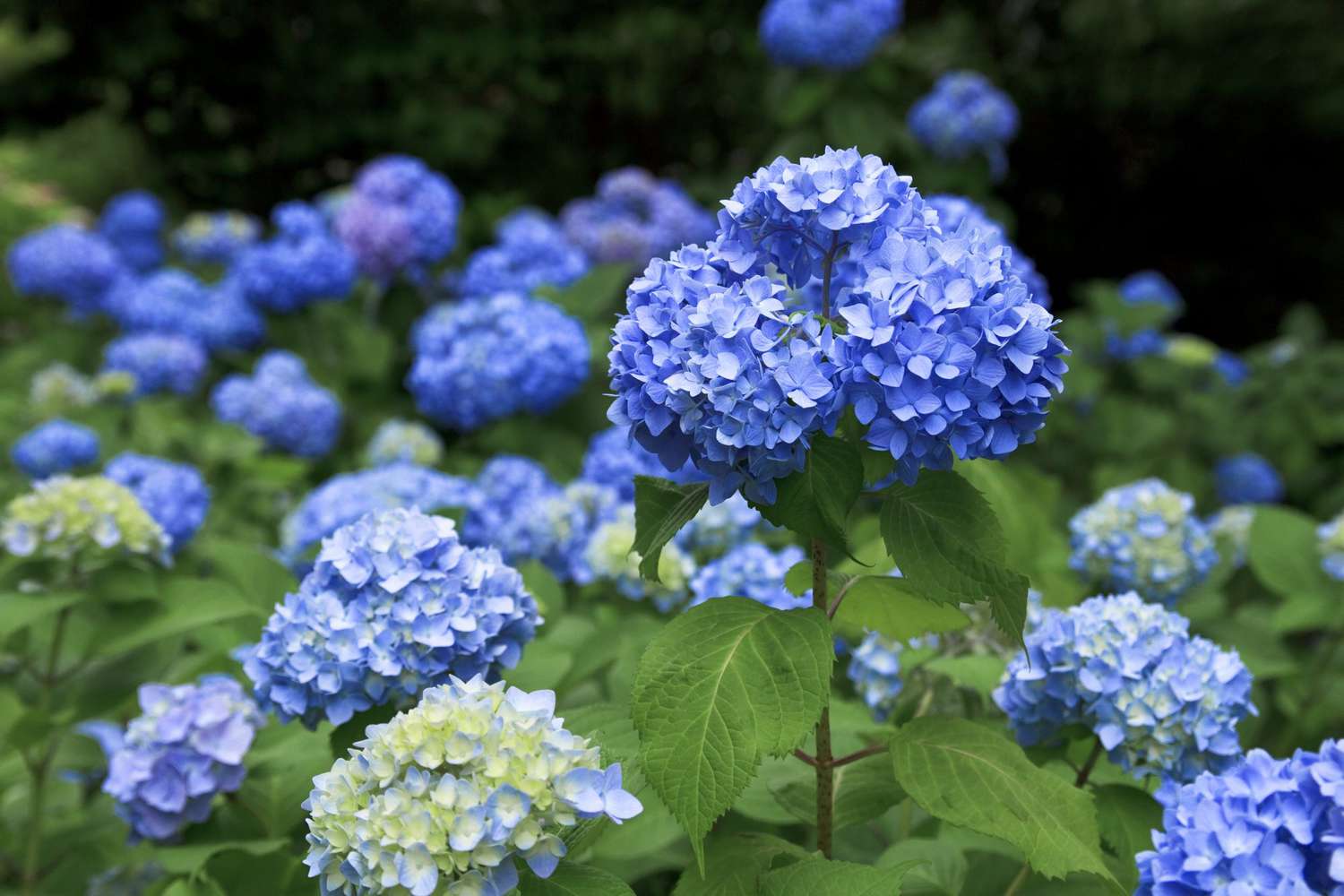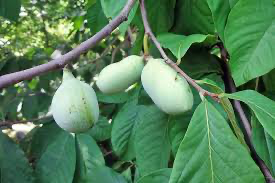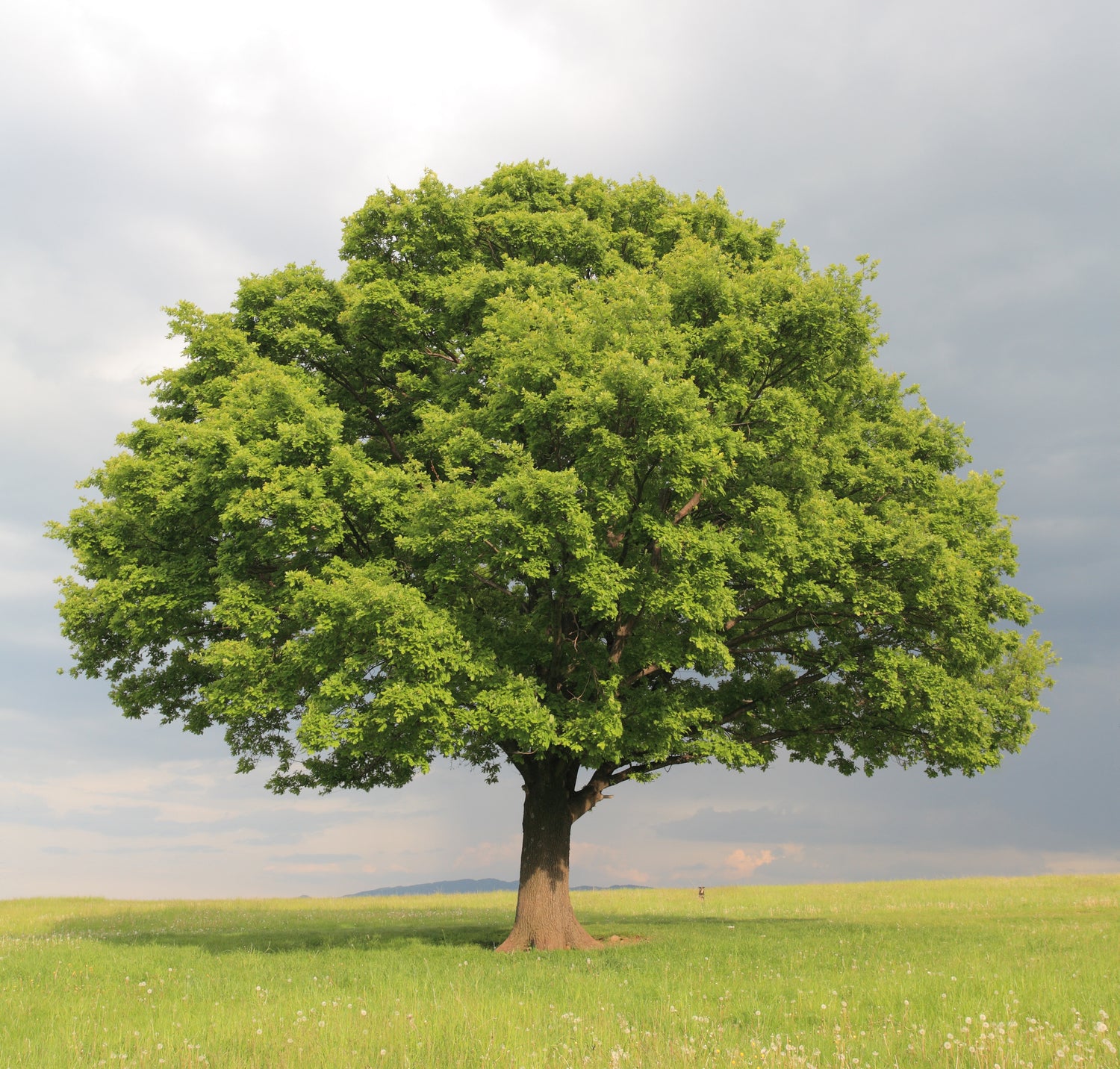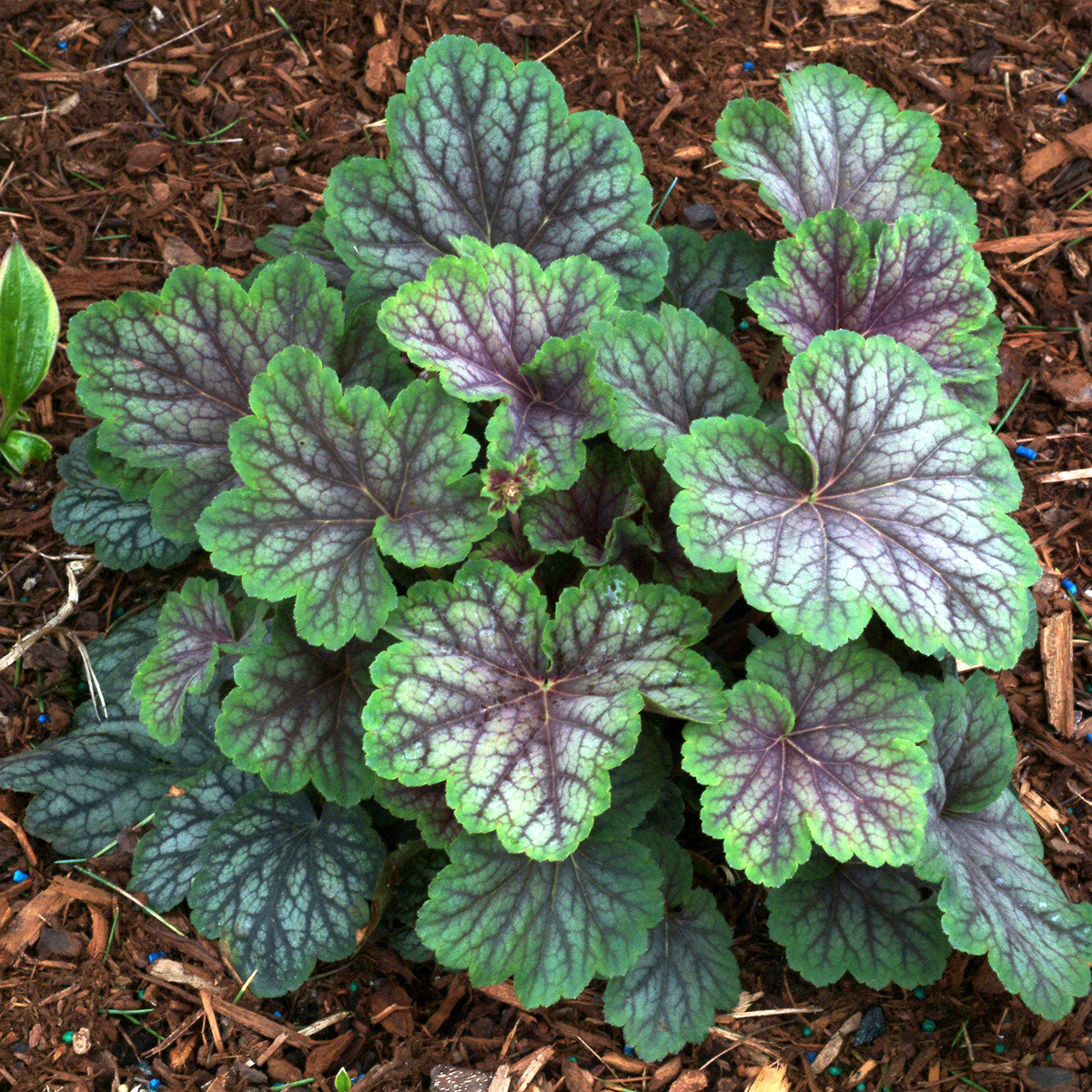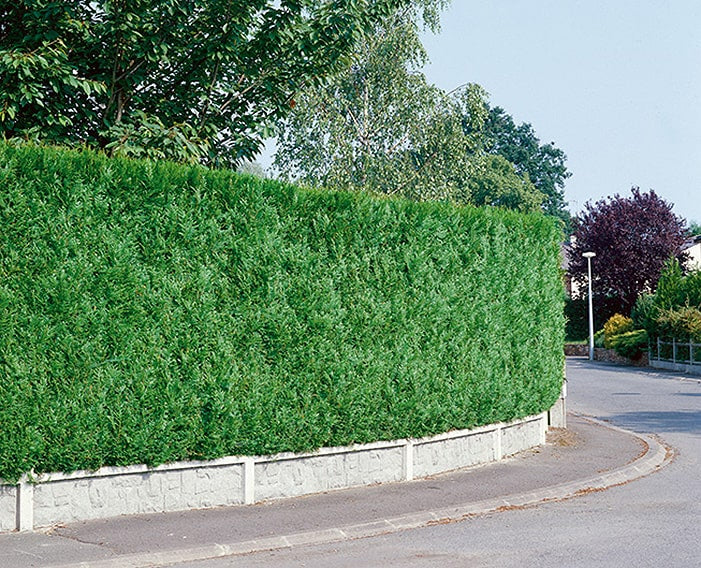
What Is an Emperor Japanese Maple Tree?
If you've ever dreamed of adding a small, elegant tree to your yard that turns heads in every season—this is the one. The Emperor Japanese Maple Tree, also known as Acer palmatum 'Emperor I', is a standout ornamental tree we love growing here on our small family farm. It's known for its rich, deep red foliage, graceful branching, and ability to thrive in a wide range of yards—especially smaller spaces.
Unlike some maples that can be picky or high-maintenance, this variety is surprisingly easy to grow. It’s cold-hardy, heat-tolerant, and puts on a show from early spring to late fall. We've seen them do great in zones 5 through 8, and they’ve become one of our most recommended trees for customers wanting something bold but manageable.

What Does a Red Emperor Japanese Maple Look Like?
This is where the red emperor japanese maple tree really shines. Its leaves emerge in spring with a deep maroon-red color that’s almost velvety in appearance. As summer rolls in, that color holds strong—unlike many other red-leaf maples that fade to green. Come fall? You're treated to a vibrant red-orange display that gives fire and drama right when your yard needs it most.
The leaves are classic Japanese maple—deeply lobed, soft in texture, and delicate-looking, though surprisingly resilient. The bark has a smooth, gray tone that looks great in winter when the leaves are gone.
If you're looking for a small dark red tree for small spaces, this one checks every box. And yes, we've got them ready to ship from our nursery to your door when in stock. You can check out more about this variety and other standout ornamentals in our shrubs and bushes collection.
How Big Does the Emperor Japanese Maple Tree Get?
The Emperor Japanese Maple is ideal for anyone who wants the drama of a colorful tree without taking up half the yard. It typically grows 10 to 15 feet tall and spreads around 10 to 12 feet wide, which puts it right in that perfect range for small gardens, landscape beds, and even near patios.
It has a naturally rounded, vase-like shape that rarely needs heavy pruning—making it even more beginner-friendly. We’ve had customers use it as a front yard focal point, an anchor for backyard shade beds, or even in container gardens for a few years before planting it in the ground. If you're shopping for something manageable and striking, this tree hits the mark.
We often recommend it alongside other compact options like those featured in our post on small trees under 25 feet—perfect if you’re working with limited space but want big impact.
Red Emperor Japanese Maple vs. Bloodgood
This is a question we get all the time: “What’s the difference between the Emperor and Bloodgood Japanese Maples?” Both are stunning. Both are red. But there are a few key differences to help you choose the right one for your space.
Here’s how they compare:
-
Leaf Color: Emperor has a deeper red tone in early spring and holds its color better in the heat. Bloodgood may fade to more of a greenish red by midsummer.
-
Growth Habit: Emperor is a little more upright and slightly smaller at maturity than Bloodgood.
-
Spring Leaf-Out: Emperor leafs out a bit later, which helps protect it from late spring frosts—a huge bonus in colder climates.
-
Fall Color: Both are beautiful, but Emperor often has a richer, brighter red-orange color in fall.
We've grown both, and honestly, we lean toward the Emperor for its richer tone and flexibility in tighter spaces. If you’re not sure which one is right for you, we’re always happy to help—just drop us a line through our contact page.

Can the Emperor Japanese Maple Handle Full Sun?
This is a big one. Folks always ask if the Emperor Japanese Maple Tree can take full sun—and the answer is: it depends where you live. In cooler climates (zones 5 and 6), this tree can absolutely thrive in full sun and hold that beautiful deep red color without much stress. But in hotter southern zones, like 7 or 8, it’s usually best to give it some afternoon shade to avoid leaf scorch.
We’ve grown these in full sun here on our Missouri farm, and they’ve done great with some mulch at the base and regular watering during dry spells. If you’re in a hot zone and still want that pop of red, just avoid placing it where it’ll get blasted by sun all day with no protection—especially during its first couple years.
Where Should You Not Plant a Japanese Maple?
Just as important as where to plant, is knowing where not to stick your tree. Japanese maples—especially the red-leafed types like Emperor—don’t love extremes.
Here’s where we wouldn’t recommend planting:
-
Heavy clay or poorly drained soil – Their roots don’t like wet feet.
-
Full exposure to hot southern walls – That heat reflection can crisp up the leaves.
-
High wind areas – The delicate foliage can get damaged or dried out.
-
Low-lying frost pockets – Emperor leafs out late to avoid frost, but if it’s sitting in a dip in your yard, it may still be at risk.
Make sure your spot has well-drained soil, decent air circulation, and protection from the worst summer heat (if needed), and you’ll be in great shape. You can also take a peek at our helpful growing tips and more in our Learn More About Trees & Plants blog.

How to Care for a Red Emperor Japanese Maple Tree
Taking care of an Emperor Japanese Maple Tree is easier than most folks expect. Once you’ve got it in a good spot, this tree really just needs some simple TLC—nothing fussy or high-maintenance.
Here’s what we recommend from firsthand experience:
-
Watering: Keep the soil evenly moist during the first 1–2 years while the roots are getting established. After that, the tree becomes much more drought-tolerant.
-
Mulching: A light layer of mulch around the base helps hold moisture and protect roots—especially in hotter zones. Just make sure to keep the mulch pulled back a couple inches from the trunk.
Want to mulch the right way? Check out our guide on how to use leaves and mulch to transform your garden.
-
Pruning: Not much needed! If you do want to prune, late winter or early spring—before new growth—works best. We usually just remove any dead or crossing branches and let the tree do its thing.
-
Fertilizing: You don’t need much, if any. If your soil’s poor, use a gentle slow-release fertilizer once a year in early spring.
We love pairing this tree with easygoing, shade-friendly companions like liriope, hostas, or Black-Eyed Susans to fill in the space below.
Does This Maple Tree Stay Red All Year?
This is one of the biggest reasons we love growing the Red Emperor Japanese Maple—it stays red longer than most. While some red-leaf Japanese maples fade to green by midsummer, the Emperor holds that bold burgundy-red color all through the growing season with very little fuss.
Here’s how the color shifts throughout the year:
-
Spring: New leaves emerge deep red to maroon—stunning right from the start.
-
Summer: Unlike many red-leaf maples, the Emperor’s foliage doesn’t fade. It holds rich color all season with proper sunlight and moisture.
-
Fall: Turns even more vibrant—glowing red-orange tones take over.
-
Winter: Bare branches, but the structure and bark still add beauty to the landscape.
This tree brings color from early spring into late fall and does it without stealing all your time or energy. If you’ve been searching for a red leaf Japanese maple tree that performs beautifully year after year, this one’s a winner.
Want to see what other unique, compact trees pair well with the Emperor? Take a peek at our full collection of ornamental and small trees for even more ideas.

Why the Emperor Japanese Maple Tree Is One of Our Favorites
We’ve grown a lot of trees over the years on our small family farm here in Missouri, but the Emperor Japanese Maple Tree always stands out. It’s one of those trees that makes people stop and say, “What is that?”—in the best way possible. The rich red color, the elegant shape, the way it lights up a landscape without overpowering it... it just checks all the boxes.
It’s also super forgiving. We’ve had customers who were first-time tree planters tell us how easy it was to get their Emperor started and thriving. It grows fast enough to be rewarding but slow enough to stay manageable—especially in smaller yards or tight garden spaces.
We recommend it to just about anyone who wants a small dark red tree that can handle a variety of conditions and still turn heads. If you’re thinking about adding one, be sure to check our current stock of the Red Emperor Japanese Maple Tree when it’s available—we ship straight to your door, safely packaged with care.
Where to Buy a Red Emperor Japanese Maple Tree
Looking for a Red Emperor Japanese Maple Tree for sale? You're in the right place. We grow and ship these trees from our licensed nursery right here in the heart of Missouri. Because we’re a small family business, we only grow what we know performs well for real people in real backyards—not just what looks good in a catalog.
You can find this tree listed when available in our full tree collection or alongside other standout ornamental options like gold mound spirea or hydrangeas for a layered landscape with color year-round.
And if you ever have questions about care, planting tips, or whether this tree’s right for your zone, don’t forget we have a detailed FAQ page to help you out, or you can just reach out—we’re real people, and we’re happy to help.
If you're looking for a tree that adds year-round charm, doesn’t take up a ton of space, and delivers reliable color with very little fuss—the Emperor Japanese Maple Tree might just be your new favorite. We’ve planted them in our own landscape, watched them thrive through hot Missouri summers and chilly springs, and we keep recommending them because they simply perform.
It’s not just about looks (though those deep red leaves are pretty hard to beat). It’s about finding a tree that’s easy to grow, versatile in design, and perfect for small yards, front entries, or tucked-in corners that need a little spark. Whether you're just getting into landscaping or you’re filling out a more established space, this tree earns its place every time.
And when you're ready to add one to your yard, we’re here to help. Browse our latest availability in the shrubs and bushes section or explore other great options for color and texture in our flowering plant collection.
Thanks for stopping by and learning more about one of our personal favorites—we hope this tree brings as much joy to your space as it has to ours.



